How to tank in WoW for beginners: 5 tips to become a PRO
If your question is “How to tank in WoW for beginners?” then this article has been created specifically for you with all the tips, tricks, and necessary information for your adventure.
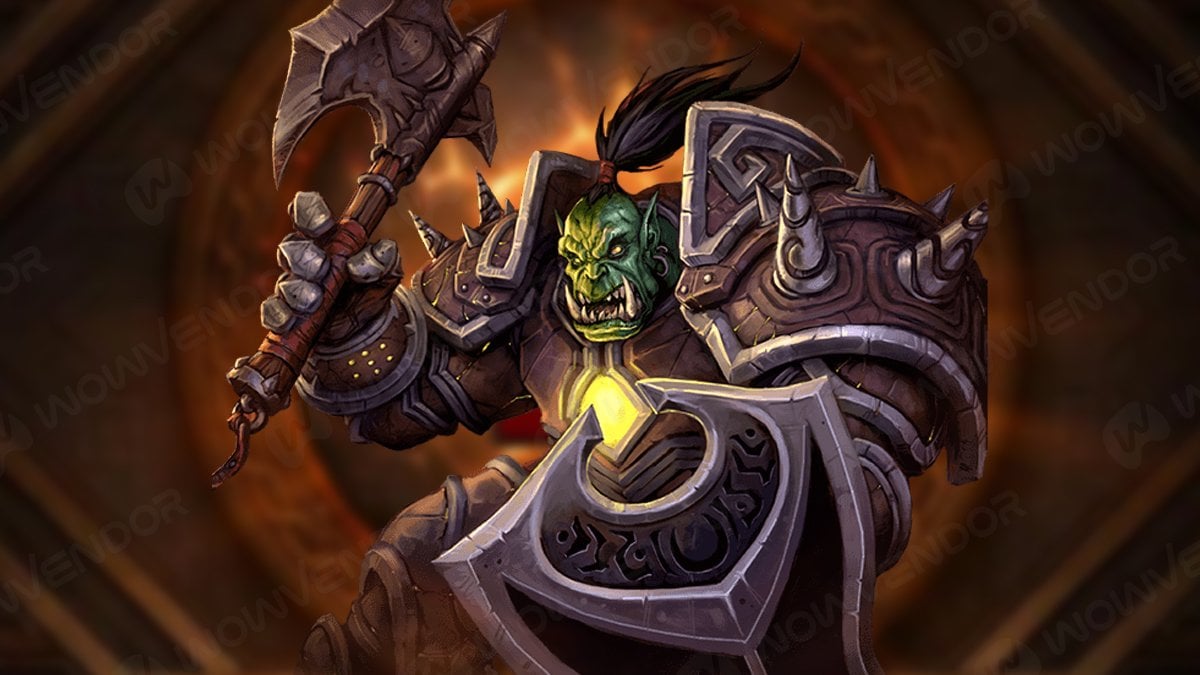
Table of Contents
To successfully clear a group content in World of Warcraft, a balanced party is required. A healer to cure the wounds, several DPS to quickly deal with the enemies, and a tank to draw enemies’ anger and protect teammates. But what exactly does being a tank in WoW mean?
In today’s guide, we at WowVendor will share everything you need about tanking in World of Warcraft. With our beginner tanking tips in WoW, you can become a professional in no time.
What you need to know about tanking in WoW
How to tank in WoW for beginners: Basic knowledge about tanking
In the heart of World of Warcraft, gameplay lies the classic trinity of roles: tanks, healers, and damage dealers or DPS. As was mentioned above, Tank’s role is to draw aggro of mobs, enduring the damage that otherwise would be spread across the group. It is possible thanks to Tanks’ kits, which allow them to generate huge amounts of Threat quickly. As for the damage part, the highest maximum Health and armor rating will enable it to survive where others cannot.
If you are still wondering if Tank is a role for you, here is a quick summary of the pros and cons of playing one.
Pros
- Always in demand. There are not as many tank players compared to DPS, even less good ones. This allows tanks to get almost instant dungeon and raid finder queues, as well as easier time searching parties.
- Easiest basic role duties. Your WoW tanking essentials are to survive while keeping enemies from hitting you. Since you don’t have full control over your Health, as that is work for a Healer, you can only help by using mitigation. So, if you know how to hold aggro in WoW and stay alive, you fulfill your base role duties.
- Easier damage rotation. Since doing damage and meeting DPS checks is not the tank’s primary concern, they have simplified rotations. That way, they can focus more on tanking.
- Highest solo survivability. Although not so relevant due to the low threat in open-world content, it is still a notable thing. Having high Health and Armor allows you not to worry during questing and other stuff.
- Be the main hero. Playing tank is the closest when it comes to being the protagonist. You are the one who keeps the attention of the enemies and big bad bosses, you’re in the heat of the action. Outside of combat, you are the leader, trailblazing through deep dark dungeons. If you love this kind of role-play fantasy, then Tank is the right choice.
- Easier to get loot. In raids, there are only two tanks that contest for tank gear. In static groups, players prefer to gear up the main tank first of all. If you are lucky to be one, you will be geared up in no time.
Cons
- High responsibility. As the only obstacle between your group and enemies, losing aggro or not paying attention may easily lead to a wipe. Tank’s death during a pull is an especially dire circumstance and guarantees a wipe in most cases.
- High game knowledge requirement. As the leader of the group, people expect the tank to know everything there is to know about in-game instances. Layouts, pathing, pulls, mechanics, high-threat targets, patrols, etc. Out of all roles, tanks are expected to know the most.
- Pressure and “tankxiety.” As we mentioned above, Tank has a high responsibility. Everyone expects you to be the leader and act like one. And when something goes wrong, Tanks are the first ones to blame. Even if it wasn’t their fault, to begin with. And when people are angry, they tend to be mean. This leads to something known as tankxiety — feeling anxious from a single thought something like this can happen to a player. This is why many tanks crack under pressure and leave the role to play another class.
Traits of a good tank
But what makes the difference between a good and a bad tank? The minimum to complete most of the content is to keep mobs on you. But Tanks can do some extra things to make the experience better for everyone in the party. Good tanks know such things as positioning, mob priorities, instance knowledge, etc. Knowing your abilities, when, and how to use them most efficiently is a key to making a difference between a barely clear and great smooth run.
Tanks are considered group leaders, as they lead others. They are the first to enter a room full of threats. They set the pace for the whole run. A cool head and quick reaction to unexpected situations are great traits for a tank main.
WoW tanking guide for beginners
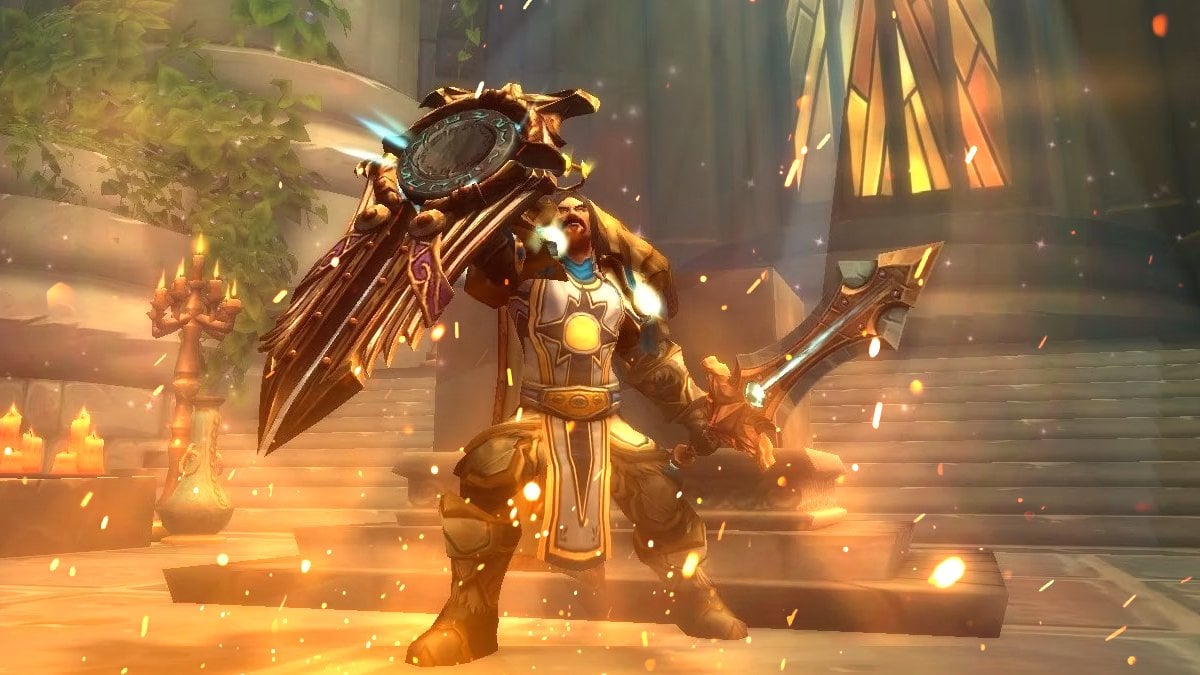
Below, you’ll find 5 beginner tanking tips in WoW that will help you master any instance like a PRO. And maybe, they can also help you perform well in other MMOs. However, beware, each step is more complex than the previous one, so we advise taking them one at a time.
Choose your tank
Before we dive deeper into tanking basics, you should choose your class. There are currently 6 tank specializations in the game:
- Protection Warrior
- Protection Paladin
- Guardian Druid
- Blood Death Knight
- Brewmaster Monk
- Vengeance Demon Hunter
Each is unique and has a specific kit, allowing them to tank in their own way. This, in turn, makes some of them more mechanically involved than others. If you’re new to tanking and wondering what the best tank class for beginners in WoW is, we advise you to try one of the following:
- Protection Warrior. A straightforward choice. Warriors are known for being both tanky and strong. Although they lack utility, they make up for it by being one of the strongest in raw damage and defense. Simple and effective.
- Guardian Druid. Another simple option, with some extra decision-making. What makes Druid extra appealing is that they have specs for every role. So if in the end, you decide that tanking is not your forte, you can change specs and try something completely new, without creating a new character.
- Protection Paladin. Although more busy than the other two, Prot Paladin has tools for every situation. You can clearly understand the uses of those tools and become effective quite easily.
Of course, this doesn’t mean the other three specs that are not on the list are difficult. All tanks are quite simple to understand. Starting from the three above will translate your experience to others successfully.
Know your role
One of the most important WoW tanking basics is to know the role. As we mentioned above, a tank’s role is to tank by keeping the enemy’s aggro all the fight. But what’s more important is how you tank your enemies. This is where positioning comes into play. Mobs need to be positioned close together for DPS to deal with them. Dungeons and raids have groups of enemies made of both melee and ranged mobs. This means you have to bring melees close to ranged units.
There are also such things as patrols. Fighting with them can be avoided if you position yourself correctly. Some enemies have cleaves and AoEs, so you should avoid keeping them on top of your party, preferably facing away from them. Marking threats that need to be taken ASAP also helps a lot, as not everyone may know whom to focus on.
The same goes for boss encounters, be it raid or dungeon. It is an unspoken rule to keep a boss facing away from the party, as most of them cleave. There are some exceptions, as bosses may have back cleaves as well. This means you have to keep with the side facing the group.
Keep enemies’ aggro at all times. Except in cases that ignore Threat mechanics.
Position enemies close to each other, so DPS can take them down quicker.
Avoid enemies facing the group to avoid extra damage.
Know your possibilities
Things such as positioning and keeping aggro are universal among all the tanks, but each is still unique. Every tank has its own kit with various resources that enable better tanking. Yes, you can only hold aggro and let a healer deal with all the damage you get. Such a decision however will make a healer burn through their resources rather quickly. Instead, both of you should make smart use of them, increasing the efficiency of each other’s work.
Take as little damage as possible while performing your primary duties. Each Tank provided unique tools to help with that. Damage mitigation cooldowns, self-healing, life steal, shields, dodges and parries, etc., allow you to significantly reduce the incoming damage. Even crowd control helps with that — if the enemy is stunned, they cannot attack you.
This doesn’t mean you should use them all at once, however. Each cooldown has its value, and it should be spread evenly over the fight duration. Saving stronger abilities for big pulls and tank busters, using something light for smaller packs — find a proper use for every defensive button in your kit. Know exactly what your class can do to help your healer.
Know your limits
World of Warcraft is a game with gear progression. Consider that when you play such an important role as a tank. You may be skillful and know a lot, but sometimes your or your group members’ gear will not be up to the task. It is important to understand what you can do and what you can’t. Having a slower clear is better than several wipes and no clear at all.
When you start a dungeon, sometimes it is better to ask your Healer if it is okay to pull big or at least to warn them what you are going to do. Or, if you’re not confident in your run, you can start slowly to assess the situation — how hard enemies hit, how strong your heals, etc. And if things are looking good, you can pick up the pace from that.
Of course, this doesn’t mean you shouldn’t challenge yourself. Overcoming challenges leads to valuable experience. You will grow as a Tank, and get a better understanding of your class. But the challenge should be possible, not a headless charge into an imminent wipe.
Know your raids and dungeons
The final and one of the most important things about tanking is game knowledge. Knowing dungeons and raids, various encounters, and enemies is crucial. You need to know what enemies in the dungeon do, tank-specific things bosses do, how to better position specific enemies, target priorities, high-threat targets, patrols, etc. All these come with game knowledge.
As a leader, knowing a dungeon layout, pathing, and various skips is equally important. As you’re the one who goes in front of the group, you need to know where to go and what path to choose.
Of course, all this comes with experience. The more you play, the more you learn, the more you know. But watching or reading beforehand a guide will help you figure out what to expect. Going blind into content has its own charm. But unless everyone else in the party is also a first-timer, this is a luxury tank players cannot afford. Learning the game allows you to improve in all previous steps and become a truly exceptional player.
WoW tanking addons for beginners
To somewhat ease this process of accumulating game knowledge as well as WoW tanking tips and tricks, we advise using addons as well. Addons help you to track information during fights or provide some extra information. We can recommend the following WoW tanking addons for beginners.
- Weak Auras. Allows you to add extra elements to the UI. Useful to create various alerts, such as casts of tank busters or other abilities that demand additional attention. Used to also track timers, such as buffs, debuffs, etc. easier.
- Threat Plates or Plater. Used to customize nameplates. Used in tanking to easily see levels of enemy Threat. Plater allows you to load custom profiles from other players, so you can get useful info from others. This include info on important cast to interrupt.
- GTFO. Alert addon that gives notification when you stand in damaging or debuffing areas. Useful if you have difficulties seeing your character in the heat of battle.
- DBM or Deadly Boss Mods. Allows tracking of abilities of various bosses, mechanics, phase changes, etc. Provides you a timeline, allowing you to be prepared for some things in advance.
These are not all addons, but many consider these the useful base for tanking.
Useful resources are not limited to just specific guides and addons. Following up some WoW content creators who specialize on Tanks, allows you to learn many new things from their knowledge. Some extra tanking tips and tricks, info on trends, preferred builds, meta, etc. We recommend following people like Quazii, Sha, Noawh, and Darkmech for quality Tank content.
Conclusion
And this is it for our guide on how to tank in WoW for beginners. Let’s quickly summarize them.
- Keep aggro and properly position your enemies
- Learn your class and know what tools it has to help tanking. Know when to use them.
- Understand the limits of your group, when to do big pulls, and when to take things slow.
- Learn about instances and encounters beforehand. Check specific guides, with various tips and tricks for dungeons and raids.
If you mastered all these guidelines then congratulations — you can rightfully call yourself a true tank professional. But if you’re still a beginner, then follow these guidelines and you will become a pro in no time!
If you are still struggling with Tank role, you can buy WoW raid boost to take have an easier time in WoW!
The only way to be a better tank is to play tank and not give up. And while you’re doing so, do not forget to have fun, it helps a lot. Happy tanking!
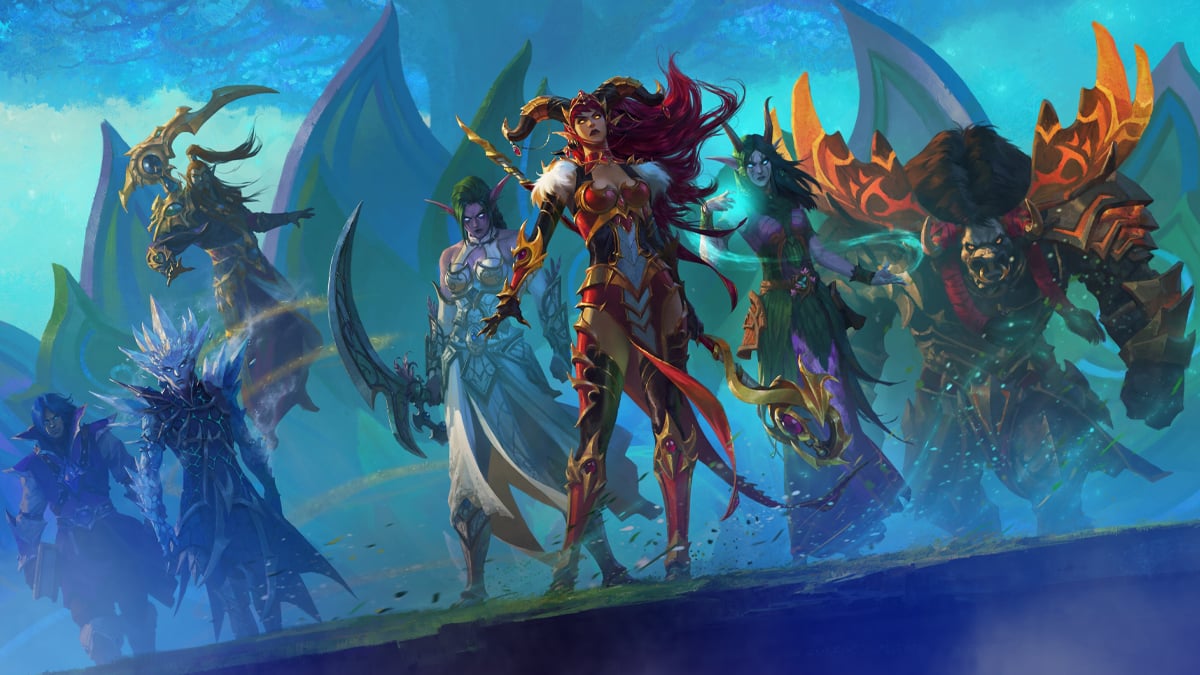
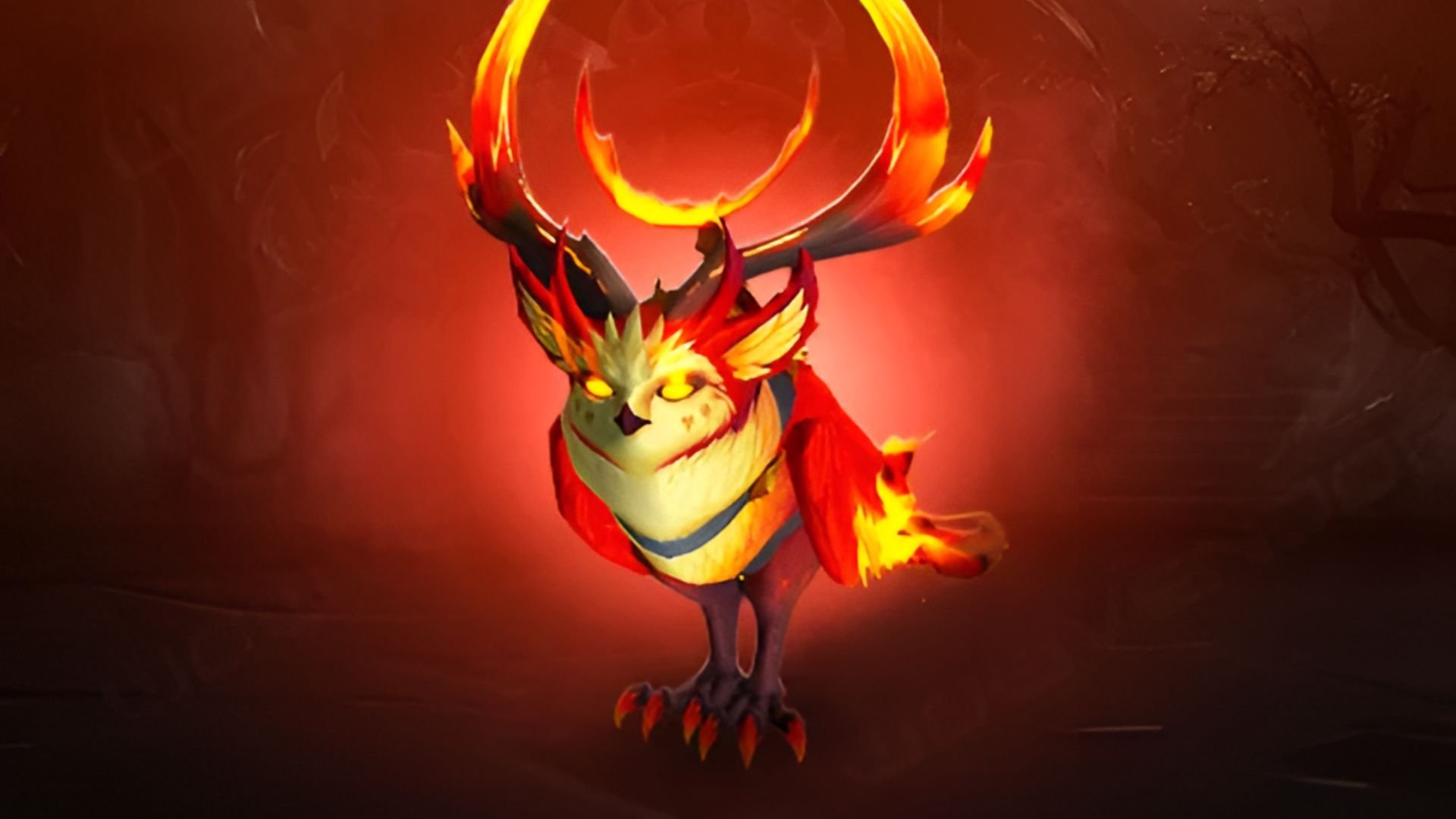
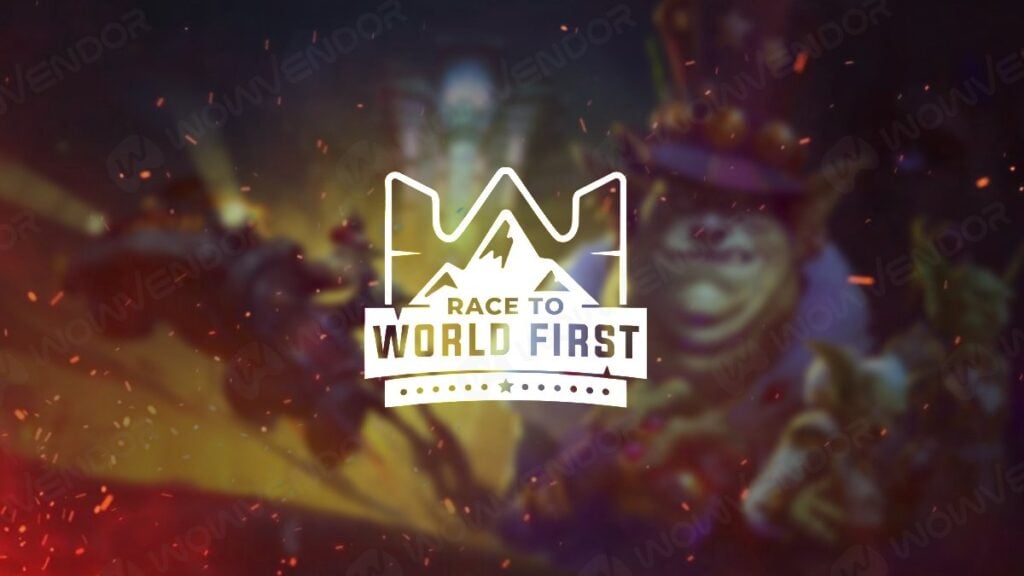
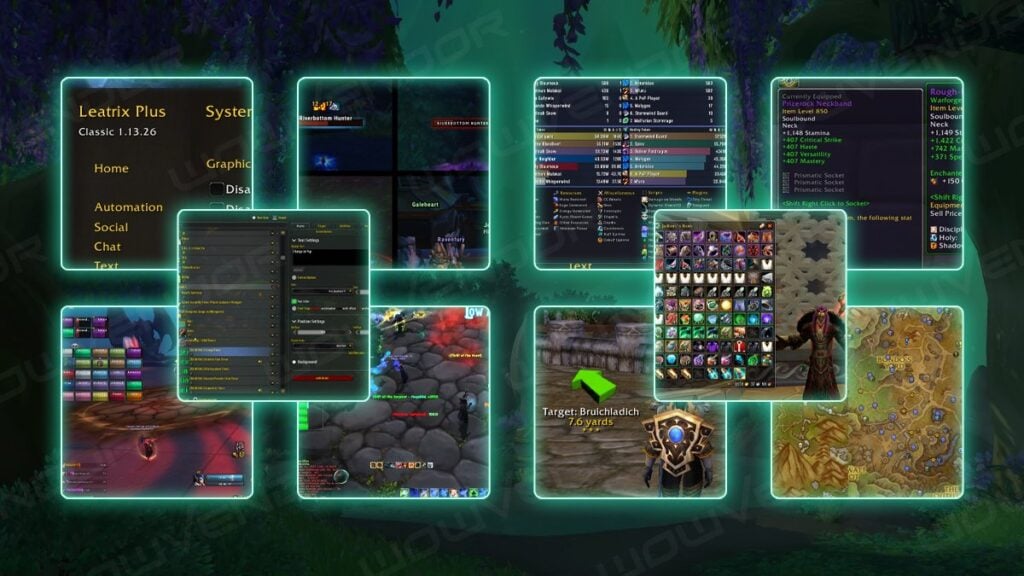



Comments